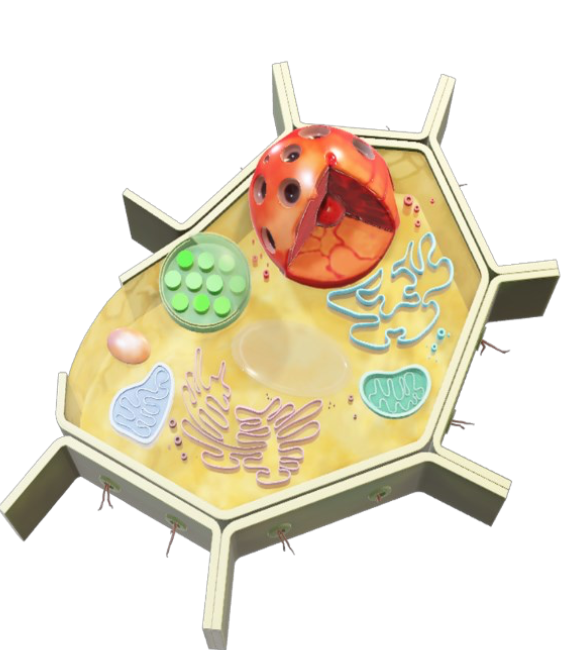Delhi, Apr 7: Cell is the basic unit of life. Just like walls are made up of bricks, all living things are made up of cells. Scientists have developed an artificial cell that grows like a natural cell. The organism is named JCVI – Syn 3.0. This organism has 473 genes in all.
But, what is a gene? To understand this, let’s zoom in on the internal structure of the cell (this is like taking an X-ray of the cell). We can see a nucleus that controls the whole cell through signals. When we zoom further into the nucleus, we see tangled thread like structures called chromatins.
If the cell needs to reproduce, it cannot divide itself into two parts with such a tangled bundle. The thread like structures then start to take the shape of chromosomes.
What are chromosomes made of? Genes! And what are genes made of? DNA. Think of DNA as the specification booklet on the basis of which the entire organism is created.
The artificial cell was developed five years ago, but the parent cell was unable to reproduce the daughter cell with the same shape and size. The scientists have added nineteen genes to solve this problem. It is now a complete cell (named JCVI-syn3A) with the characteristics of a living organism.
But, why do we need it?
The need to develop the artificial cell was to understand the working of a cell. For example, if we want to see what happens after removing a specific gene, then we can’t do an experiment on a human cell. In these situations, artificial cells help.


